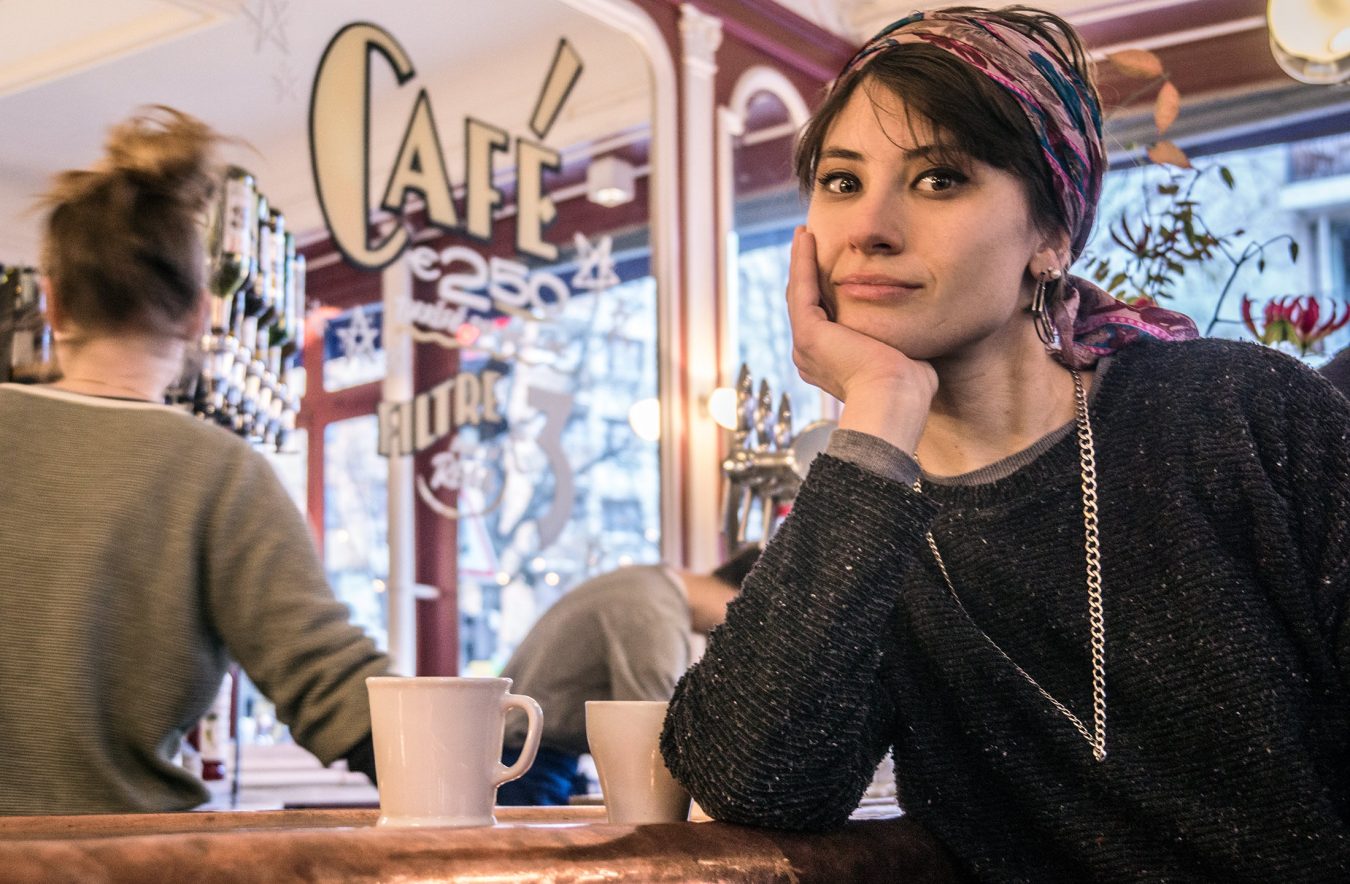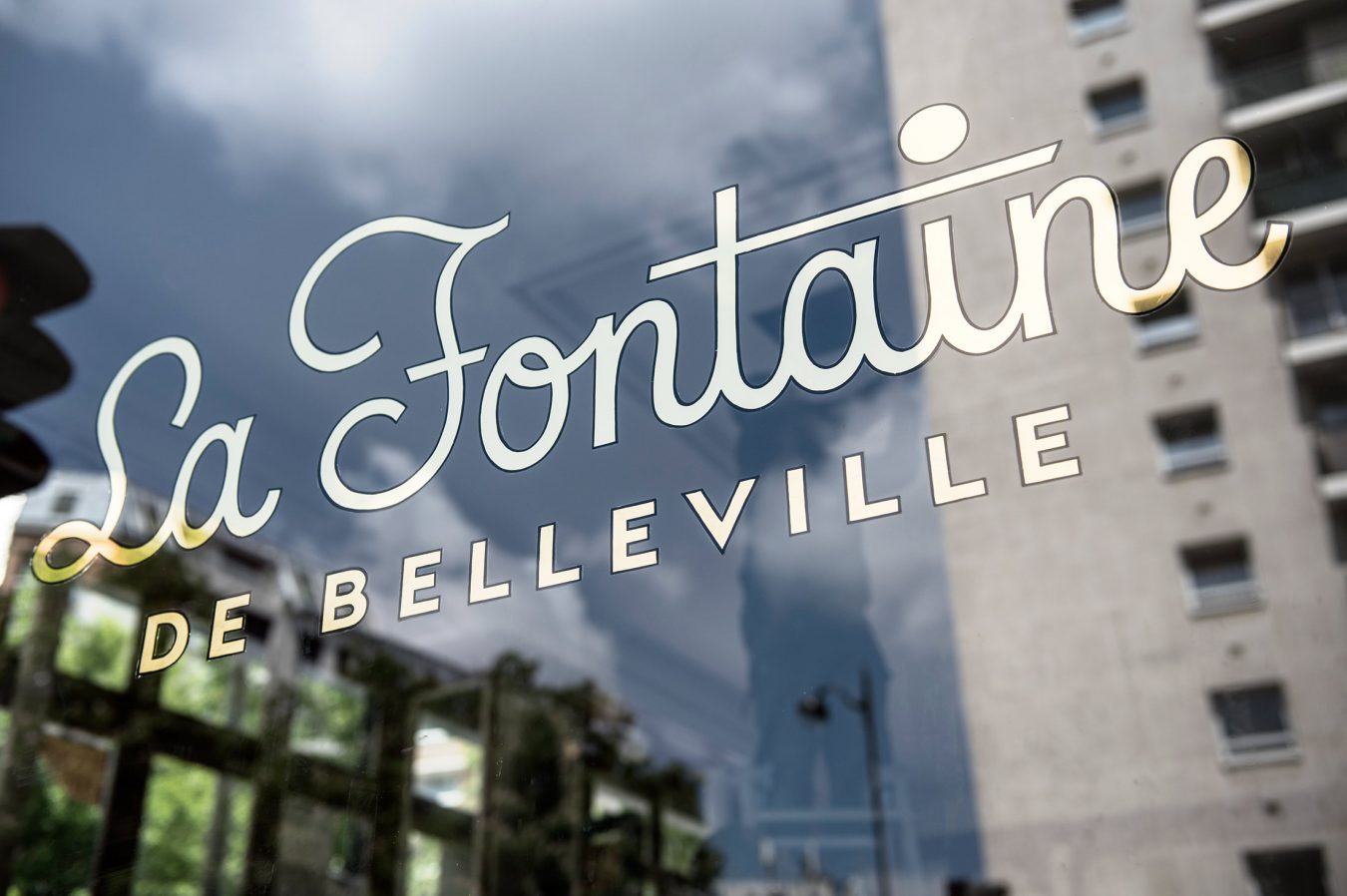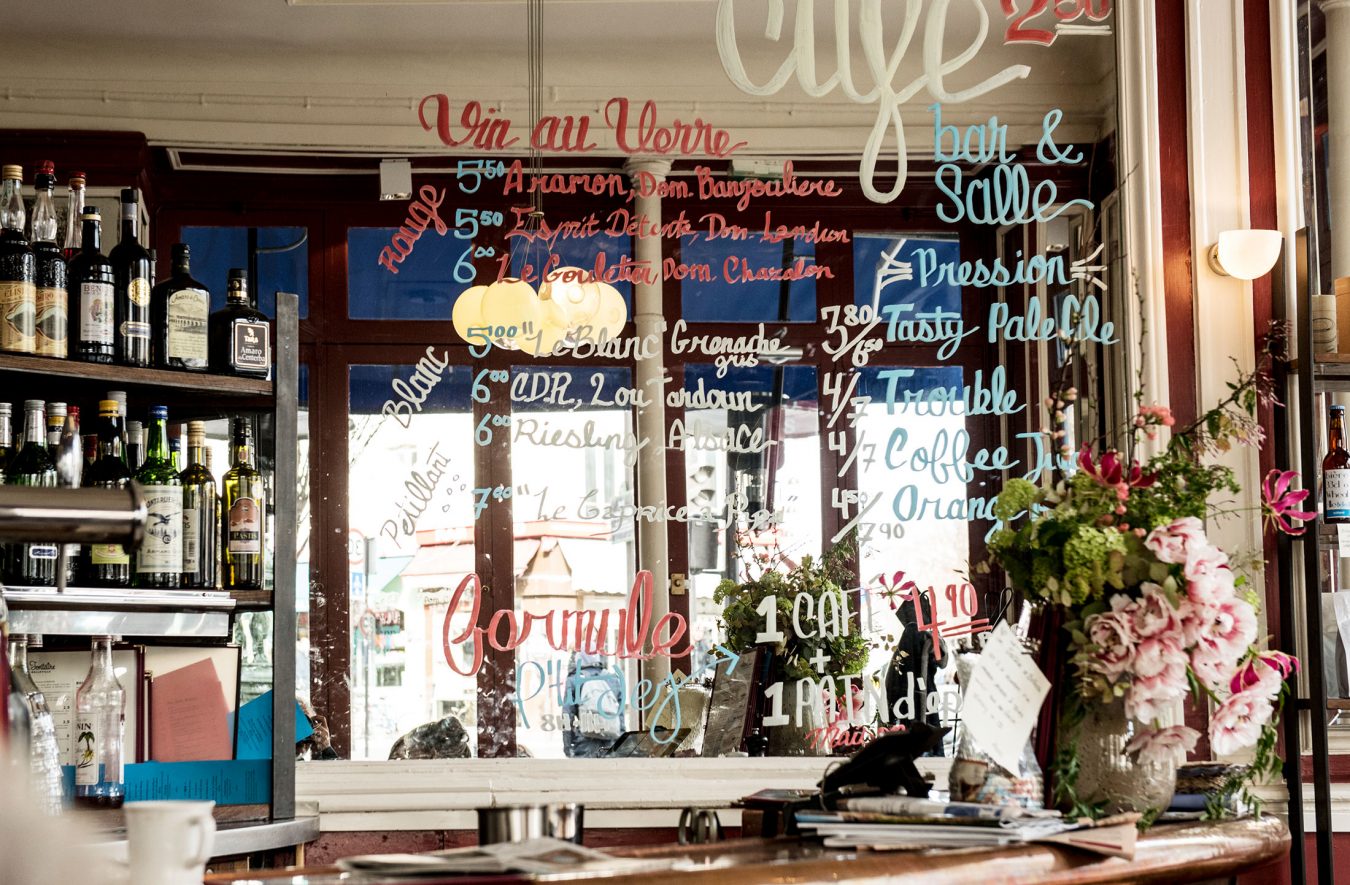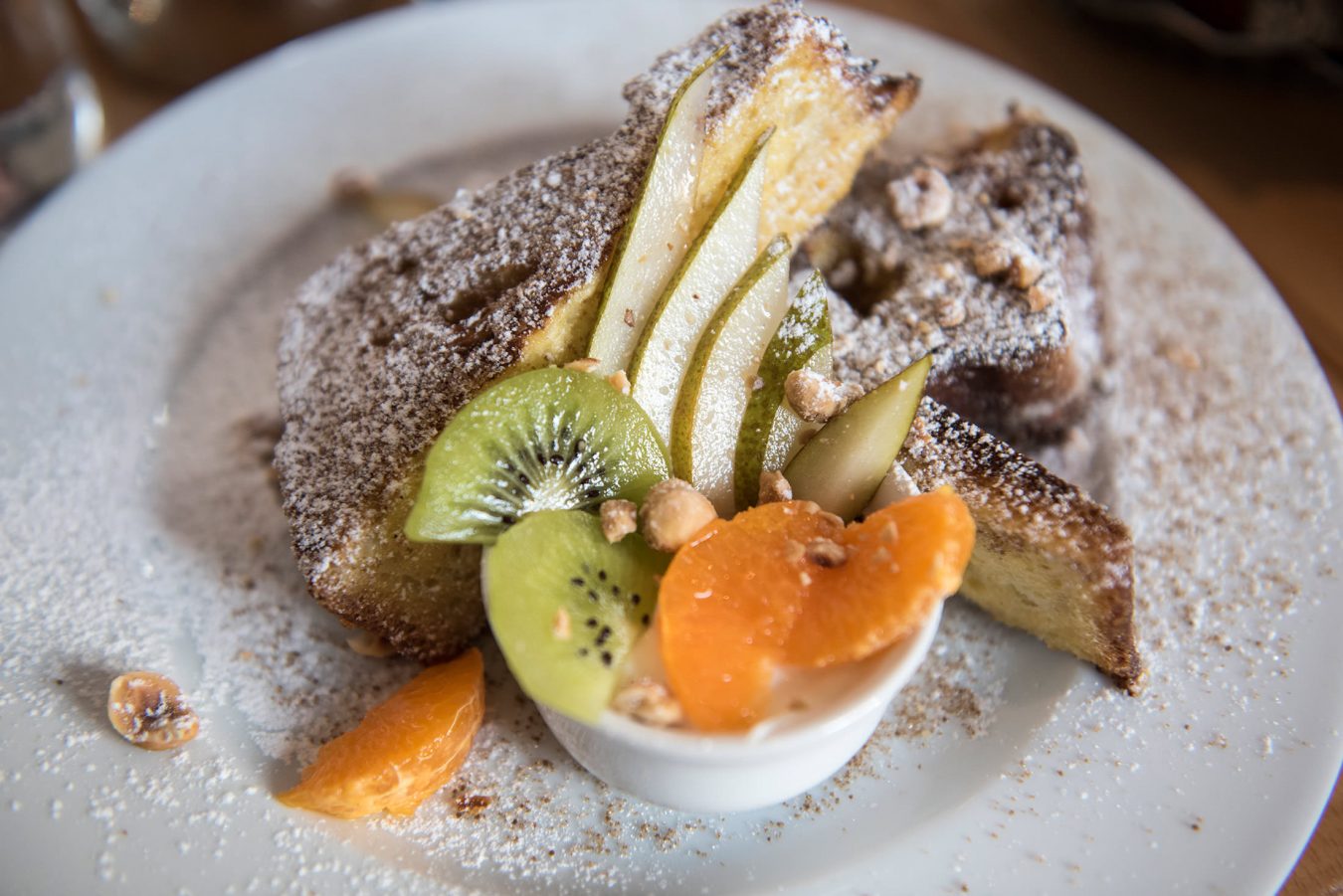Madison O’Mara sits down at one of Parisian cafe La Fontaine de Belleville’s outdoor tables, orders a tisane, and smiles broadly. She is a striking young woman, with perfect posture, the result of decades of dancing—ballet, flamenco, contemporary, tap, you name it, she has mastered it. She started at age four, first with the Vancouver Academy of Dance, then with the renowned Goh Ballet Academy. At 14, she moved to Europe to train with companies and conservatories in Monaco, Florence, Avignon, and Marseille. She interned with Merce Cunningham and Martha Graham in New York, and danced professionally for much of her adult life in France. And then…
“I got bored,” she says. “I was not quite in my element. And I started getting interested in other things in life.”
Other things like: acting, which she studied at the fabled Cours Florent school in Paris; directing and producing film; and contemporary art (she worked part-time for Vancouver’s celebrated conceptual artist Rodney Graham over a summer vacation when he was doing shows in Europe). But, mainly, the good things in life. Food. Coffee. Wine. And pastis.
“I became a pastis fanatic during my days in Marseille,” she says. Which explains why there are more than 20 different types of the anise-flavoured apéritif behind the zinc massif bar at La Fontaine de Belleville.
The cafe occupies a leafy corner of a small Parisian square near the Canal Saint Martin. By all appearances, it is a typical representative of one of Paris’s proudest institutions: the sidewalk cafe. All the de rigueur elements are in place: jazz music, rattan chairs, neon signs, mirrors chalked with specials, beers à la pression, wines by the glass, sandwiches jambon-beurre, and, of course, coffee. Except, unlike every other traditional-looking cafe in Paris, the coffee here is not made from old, over-roasted beans—instead it’s roasted in-house, ground and brewed to order, and really, really good. The sandwich, too: the ham is veritable jambon de Paris, made by the city’s only remaining producer; the butter is Beillevaire’s famous beurre cru baratté à l’ancienne, flecked with salt from Noirmoutier. The wines are natural, and, naturally, French; and the beers are artisanal, brewed just outside of Paris. Besides the olive oil, which comes from the Tuscan farm of a friend, it seems the only things not entirely local are half the people running it: Canadian O’Mara, and her common-law spouse David Flynn, who’s half English, half American (meanwhile, Jeff Marois was born in the U.S. but grew up in Paris, and Thomas Lehoux is from Angers, about 300 kilometres south of the city). Oh, and the jazz, which, on Saturday afternoons is live, led by Kansas City’s Hermon Mehari, one of the best trumpeters of his generation.
Flynn and Lehoux learned their craft through orthodox barista channels—Flynn in the States, including a stint at the notorious Murky Coffee in Washington, DC; Lehoux in Australia and London. O’Mara’s trajectory into food was less conventional. Her writer-producer mother and photographer father were partially responsible. “They love food and have lots of friends in the restaurant business,” she says. “And Mom is the best chef I know.” But O’Mara’s nomadic life played the bigger role. While at the Ecole Nationale Supérieure for dance in Marseille, she talked her way into a job at Rodolphe Bodikian’s gastronomic pizzeria, L’Eau a la Bouche. She also helped out in Vancouver at Cafe Ping on Main Street, run by her then-boyfriend Josh Olson and his aunt Hiroko Yamamoto. In Florence, where her parents spend half the year, she worked under Fabio Picchi at Il Cibreo, one of the best restaurants in Italy.
Unlike every other traditional-looking cafe in Paris, the coffee here is not made from old, over-roasted beans.
“It was intense training,” she recalls of those years when she was bouncing between everything. “I was dancing, and working for Rodney, and pulling double shifts in the trattoria. I learned a lot about food, but also how to work in a big kitchen.”
Back in Paris, she took a job at Merce and the Muse, an early, short-lived proponent of specialty coffee. There she met Flynn and Lehoux, who were organizing the city’s legendary Frog Fights, cupping and latte art throw-downs that made the pages of Vogue and The New York Times. The coffee revolution, slow to hit Paris, was now gathering force, backed by a similar upheaval in the restaurant business. And Flynn and Lehoux were in the vanguard.
O’Mara, at this point dating Flynn, was dancing for two companies: Compagnie Maryse Delente and Compagnie Guillaume Bordier. “I was having a hard time giving up what I had worked so hard to achieve,” she recalls. “I knew that if I really wanted to do it, I could do it very well.” But in 2012, her attention again began to wander, and she took a job at Le Bal, a pioneering restaurant/coffee shop/wine bar near Pigalle run by expat Londoners. Flynn co-opened Telescope, a coffee shop near the Comédie Franćaise, and Lehoux co-opened Café Ten Belles, just off the Canal, and there met Marois, who was a regular client. O’Mara was hired to manage the place.
Then she signed on as one of Guillame Bordier’s first dancers. Soon, however, she realized she was over dance. “I didn’t like the body image stuff, the pressure to lose weight,” she says. “I was ready to move on.”
She began menu consulting for coffee shops, and catering art and fashion events. Meanwhile, Flynn, Marois, and Lehoux opened Belleville Brulerie, a tiny roastery providing specialty beans to coffee shops, first just in Paris, but soon all over France and Europe. Then in 2016, they opened La Fontaine and O’Mara began food consulting for them. In late 2017 they opened a second cafe, Le Troquet, on the rue Belleville, and a gargantuan roastery a kilometre north, off Avenue Jean Juarès.
The new roastery houses O’Mara’s gleaming prep kitchen, where she and her crew prepare bistro, brunch, and breakfast fare for both cafes. It’s not the usual anglophone coffee shop noshes like muffins, carrot cake, and scones (though the scones she perfected for Ten Belles are still the best in Paris), but rather classic French fare: croque-monsieurs, French toast, biscuits sablé au beurre, tartes, cake aux fruits, chausson aux pommes. Supplemented by charcuterie, cheese plates, and salads, the unpretentious food perfectly fits La Fontaine’s traditional ambience—and O’Mara’s relaxed approach to cooking and life.
Other coffee shops are in the works, and O’Mara seems unfazed by the ever-increasing responsibilities. “This is better than the fast-paced restaurant thing,” she says. “I like working on a big scale, not seeing results right away.” And she’s back dancing, taking classes with an old teacher—but just for fun. “I missed dance, the physicality of it,” she admits. “But the other people in the class can’t understand why I ever left.”
O’Mara looks around contentedly at the crowded terrasse. “I’m glad I didn’t quit dance early,” she asserts. “But I’m happier here.”
Find a new restaurant to love.












